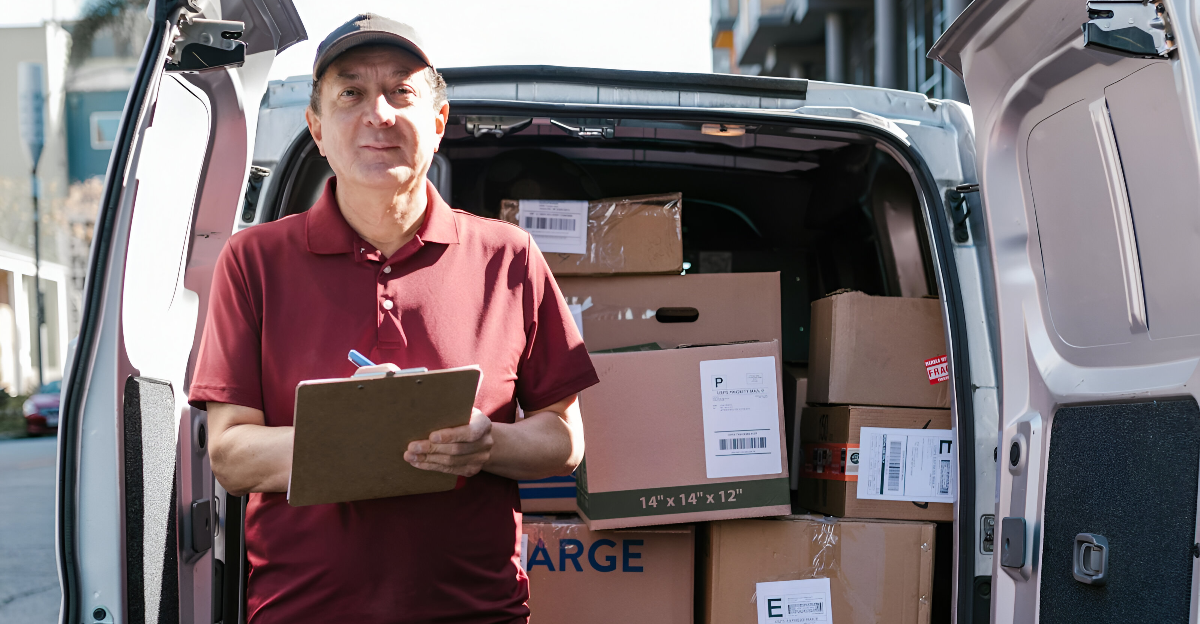
A rising parcel delivery firm has quietly shut down as of July 7, 2025, leaving its drivers shocked. This was a company that positioned itself as a regional alternative to FedEx, UPS, and Amazon. It wasn’t at their level in size or reach. But for the people it employed, the impact is real and immediate.
Now over 100 drivers suddenly find themselves out of work. What led to this sudden collapse? Let’s dig into the full story starting with who they were.
The Company Is Called Deliver It—and It’s Gone
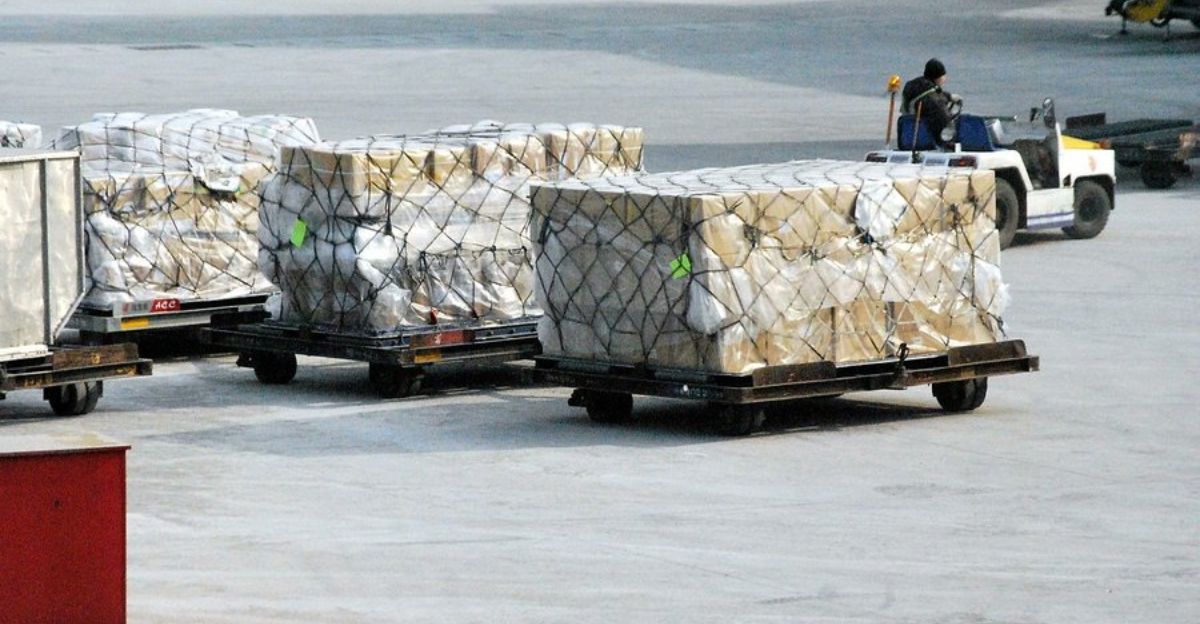
Deliver It officially closed its doors on July 7, last Monday. It had been serving next‑day B2B and e‑commerce deliveries across California, Arizona, and Nevada. Its chief commercial officer, Kendra Jackson, posted on LinkedIn on July 8 that she had just received word that the company “unexpectedly closed its doors”.
While technically a competitor to FedEx and UPS, Deliver It was a much smaller regional carrier with limited geographic reach.
A Small Regional Player in a Giant Market.
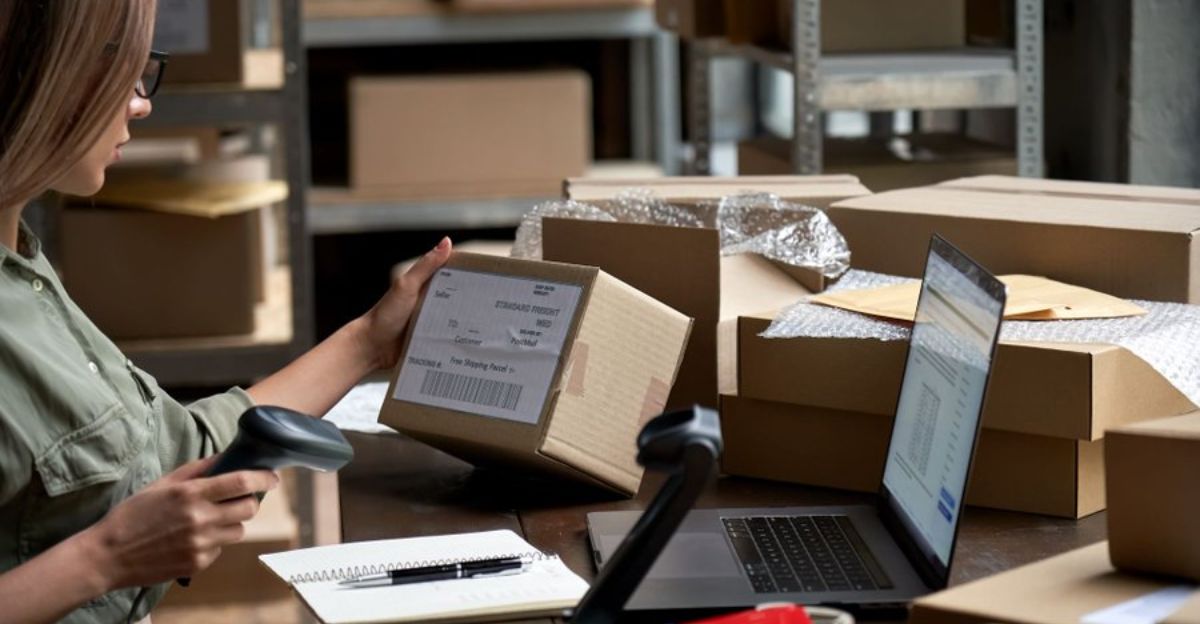
Deliver It was never a true FedEx-scale rival. It operated in three Western U.S. states: California, Arizona, and Nevada, with an asset-light model that relied on contracted third-party carriers. The company offered tech-enabled services such as RFID package tracking and customer after-hours drop boxes. Yet that wasn’t enough to match the national giants.
Deliver It handled only a niche fraction of U.S. parcels, competing in a crowded last-mile arena where low prices and incumbent carriers dominate volume. Despite those headwinds, the firm worked to carve out space for a regional next-day option.
Rising Fast Out of the Pandemic Peak

During the pandemic, Deliver It grew fast. Online shopping surged and last‑mile delivery boomed. The company expanded quickly, investing in technology and aiming to be a dependable local option.
But rapid growth came with rising costs. Fuel, insurance, and labor all climbed. The company’s reach stayed regional, and it never built the scale needed to cover those costs. Soon, the bloom of pandemic demand faded. Now it faced a tough new reality.
A Crowded Last‑Mile Battlefield
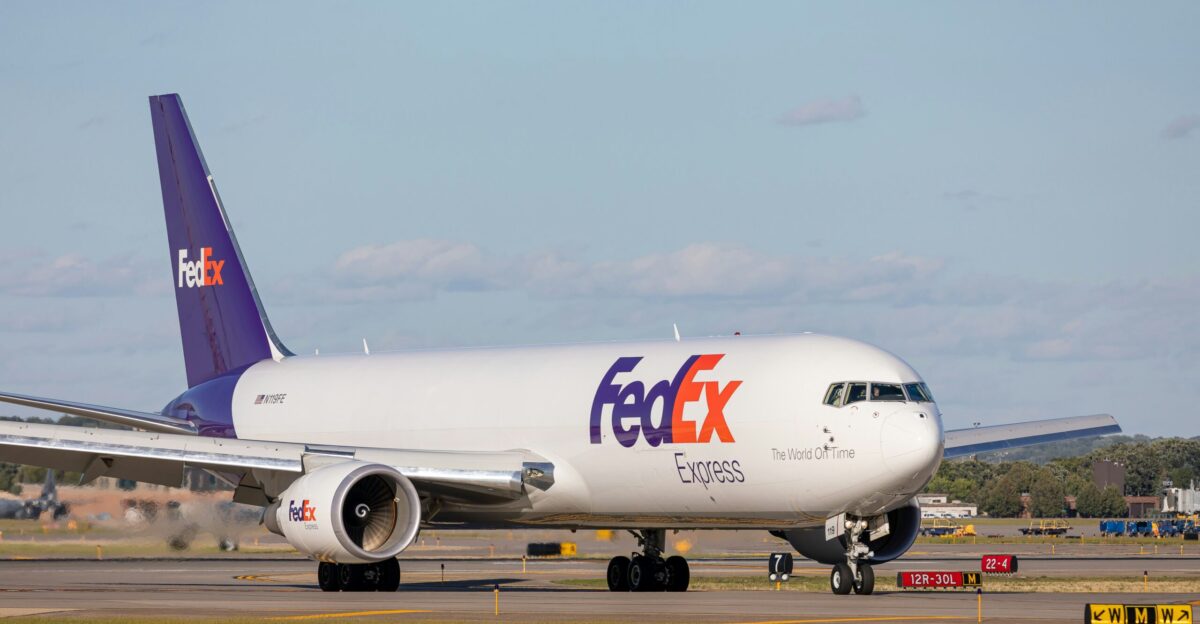
The last‑mile delivery field got crowded fast. While parcel volume grew, it was split among many small carriers. According to FreightWaves, independent and regional firms make up less than 10 percent of the parcel market. That meant Deliver It had to compete on price with FedEx, UPS, USPS, and others. Average carrier revenue per parcel dropped to $9.09 in 2024.
Experts say there are too many small firms for the market to support . With tight margins and rising costs, Deliver It struggled to stay afloat.
The Great Freight Recession
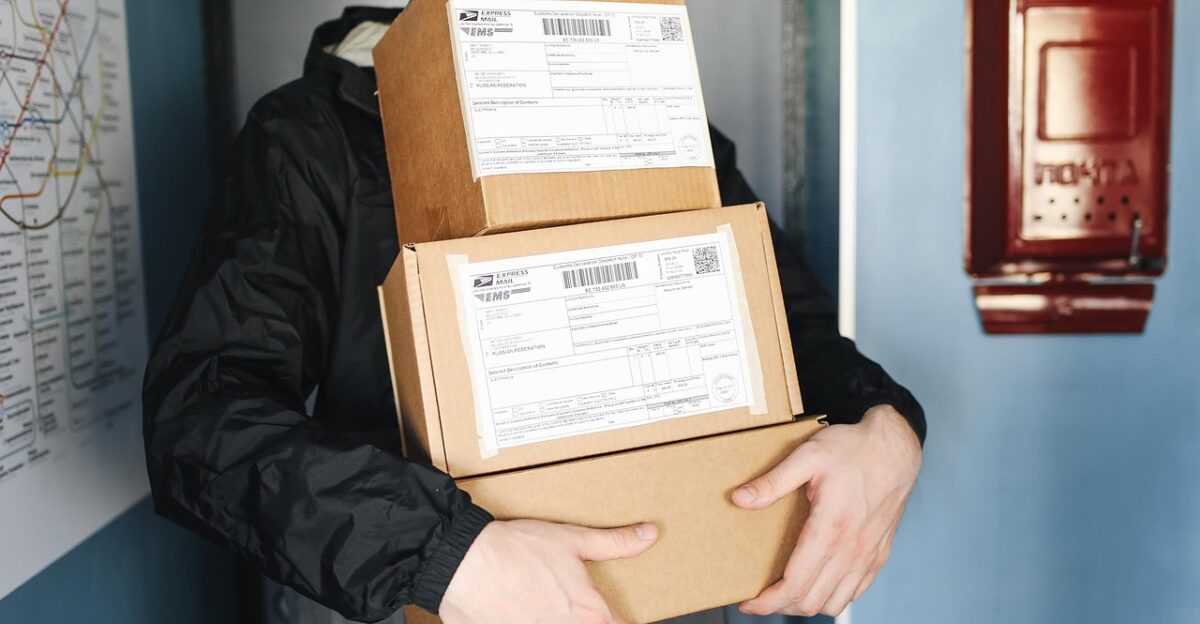
Freight experts now call it the “Great Freight Recession.” After pandemic highs, e‑commerce volumes fell. Inflation drove up fuel, labor, and insurance costs. Many carriers felt the squeeze. Some trucking firms filed for Chapter 11 as debts piled up. Balkan Express filed in early June, and Dolche Truckload did the same on June 15.
But Deliver It didn’t go bankrupt. It simply shut down. Still, these events show how widespread the strain is.
Drivers Left in the Dark
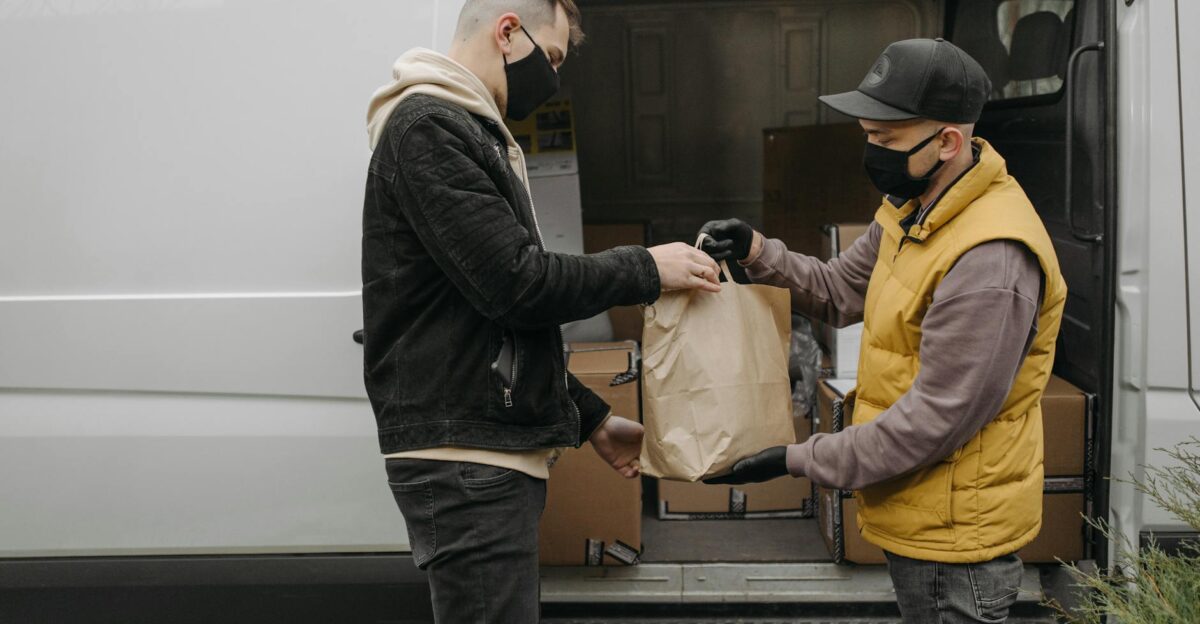
When Deliver It folded, many drivers found out through social media and word of mouth. The company site gave no warning. Kendra Jackson’s LinkedIn post confirmed the unexpected closure. The lack of communication from company leadership left workers scrambling for answers, highlighting the human cost of the collapse.
Other Companies Are Falling Too
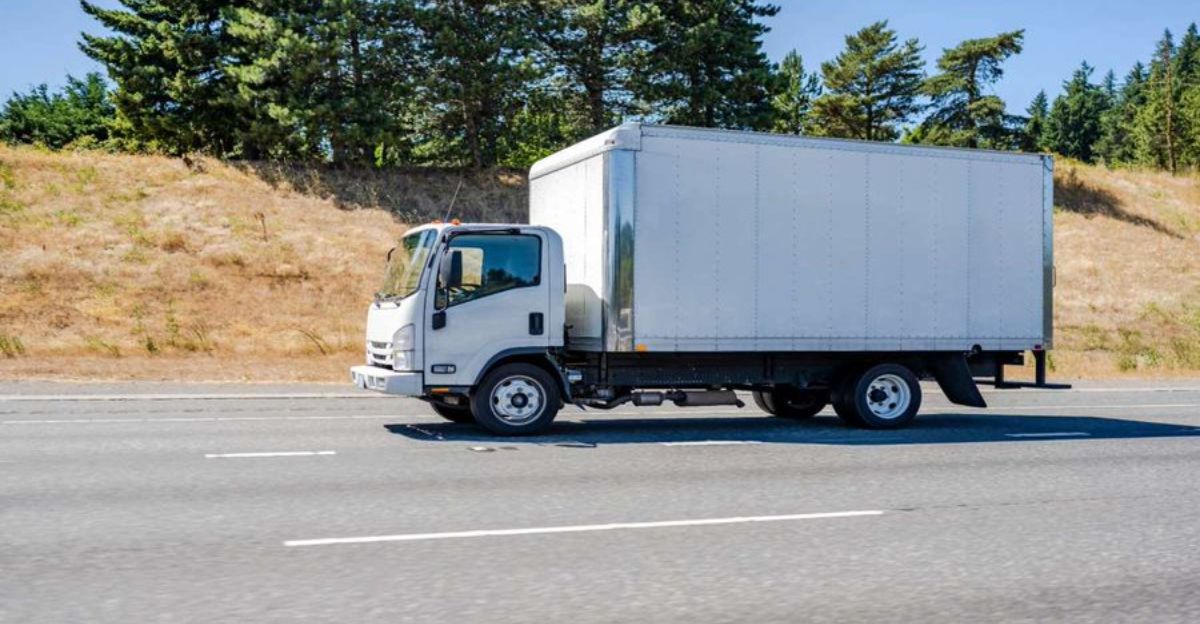
Deliver It isn’t the only one. Companies like Maergo, Point Pickup, Pandion, and Pitney Global E-Commerce have all shut down recently. The pattern looks familiar: fast growth, contractor drivers, low prices, and a sudden crash. When order volumes drop or insurance spikes, these companies can’t absorb the hit.
Experts call it a “regional-carrier death spiral.” Each time a small company folds, the big players pick up the extra work. This leads to even less competition. What happened to Deliver It is part of a growing trend that’s slowly reshaping who controls the package delivery industry in the U.S.
Why Big Players Like FedEx Are Still Standing
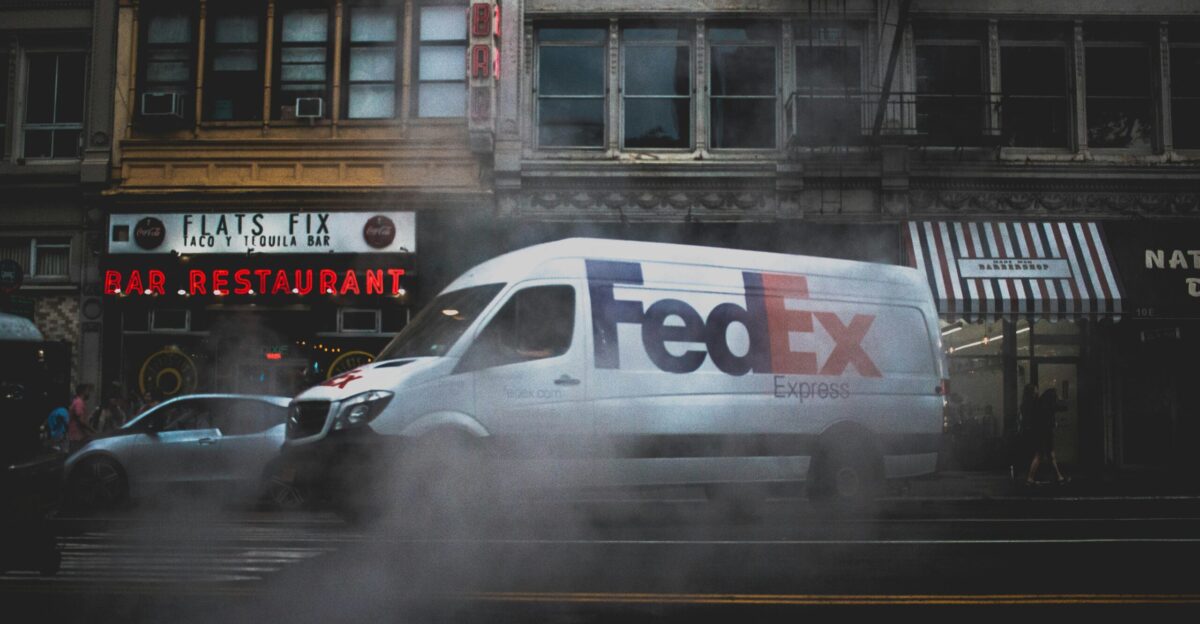
While smaller companies shut down, FedEx and UPS are cutting costs and staying afloat. FedEx is closing nearly one-third of its terminals, but expects to save $6 billion by 2027 with automation and better network planning. UPS is laying off 20,000 workers and shutting down 73 buildings, while investing in smarter sorting systems.
Big companies can handle tough times because they’re more diversified. They offer freight, healthcare, international shipping, and more. That gives them a safety net when one part of the business struggles. Smaller rivals don’t have that kind of backup.
Could Deliver It Come Back Under a New Name?
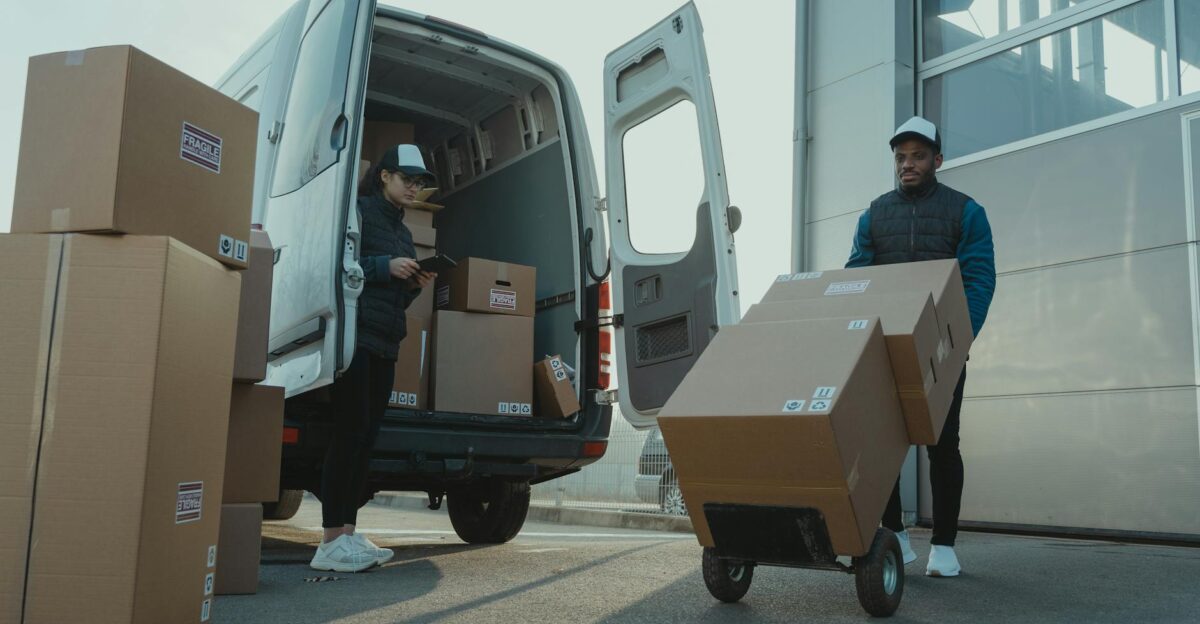
Some insiders think Deliver It, or part of it, might return. That’s common in logistics. A closed company can reopen under a new name, often with the same client list and equipment. Michael Homan, a restructuring lawyer, says software and warehouse leases are usually sold off cheap. That makes it easy to start fresh without old debts.
But right now, legal cases are still active. Drivers are watching closely, especially those who are still owed money. No one wants to end up working for the same brand that left them unpaid. Time will tell what happens next.
What the Collapse Means for the Rest of Us

Deliver It’s failure is more than just one company closing. It’s a warning sign. Fewer regional carriers could mean higher prices and slower deliveries for everyone.
For workers, it shows how risky the delivery job market has become. Many are calling for stronger labor protections and benefits that workers can carry from job to job.
For the industry, the message is clear: growth needs to be smarter and more sustainable. Companies that invest in tech, treat workers fairly, and stay financially sound are the ones most likely to survive. And every lost package tells a much bigger story.
